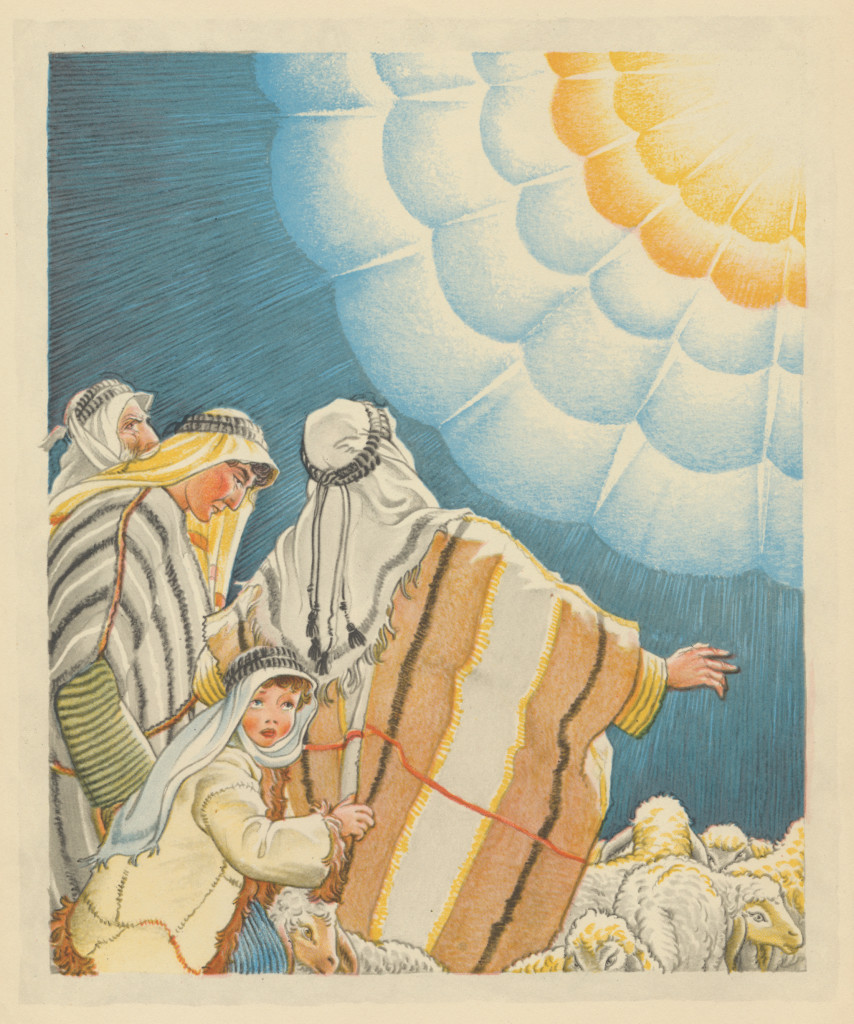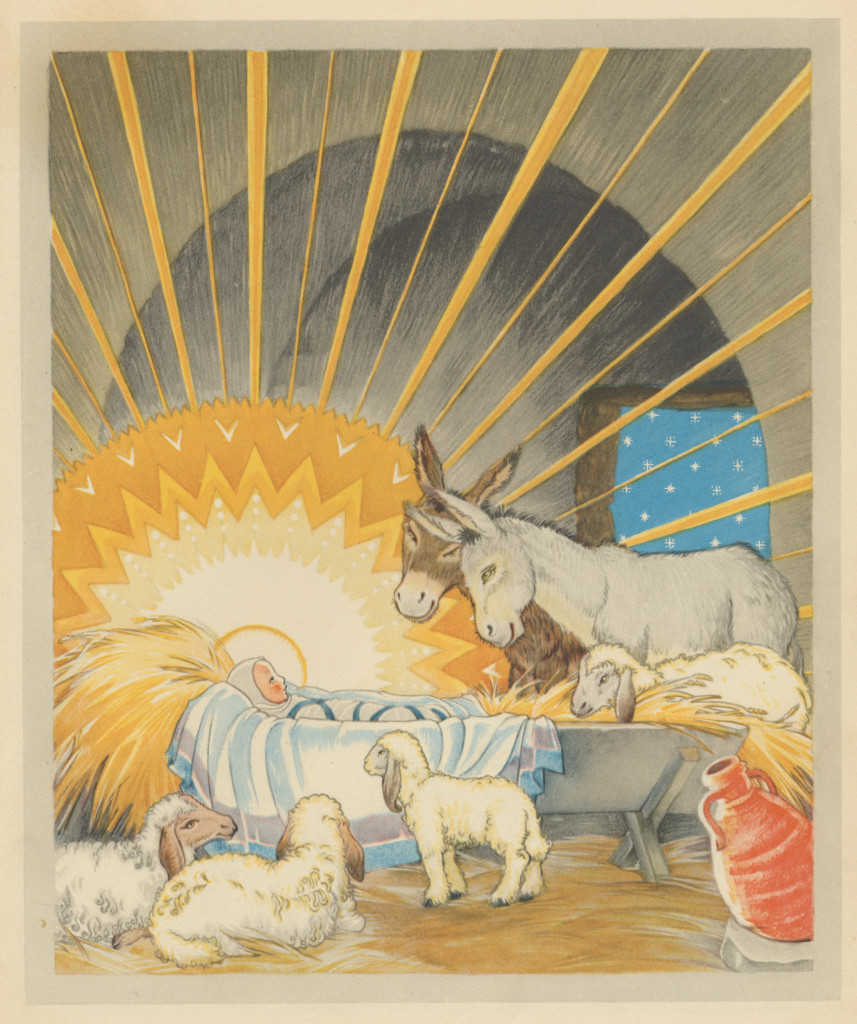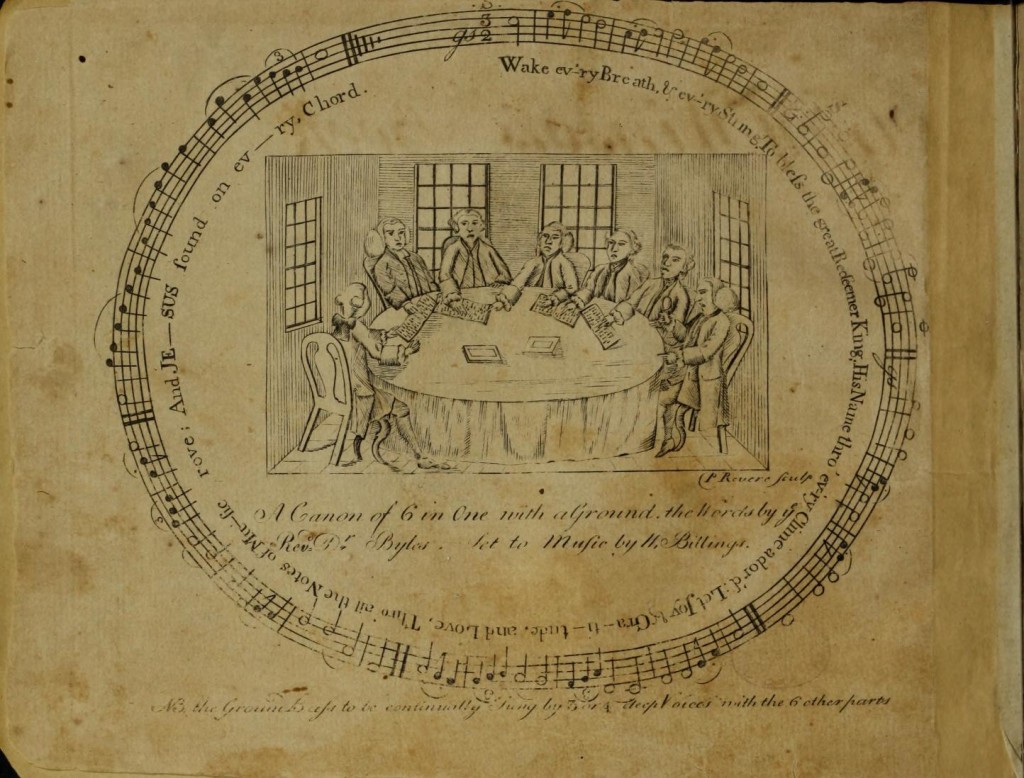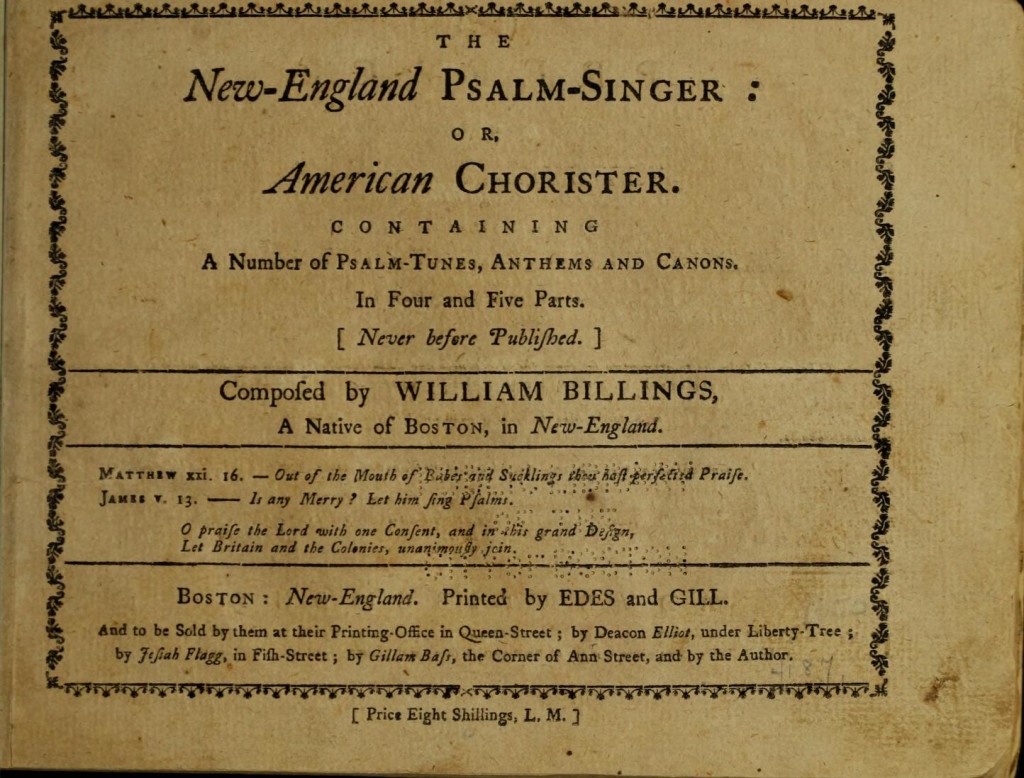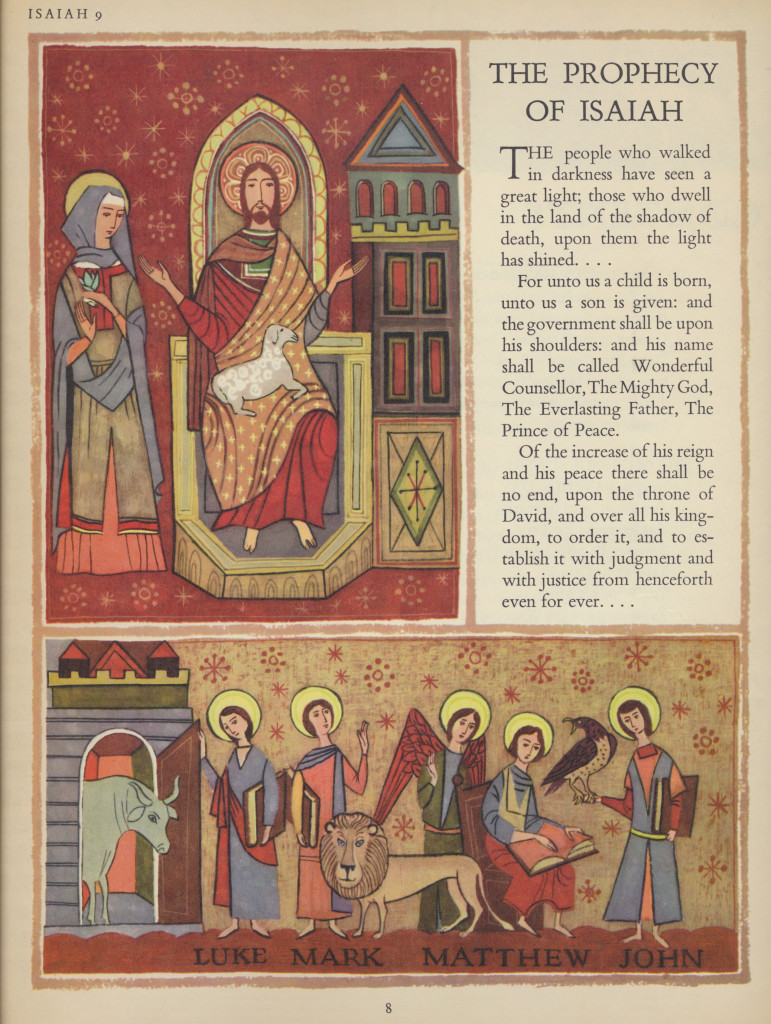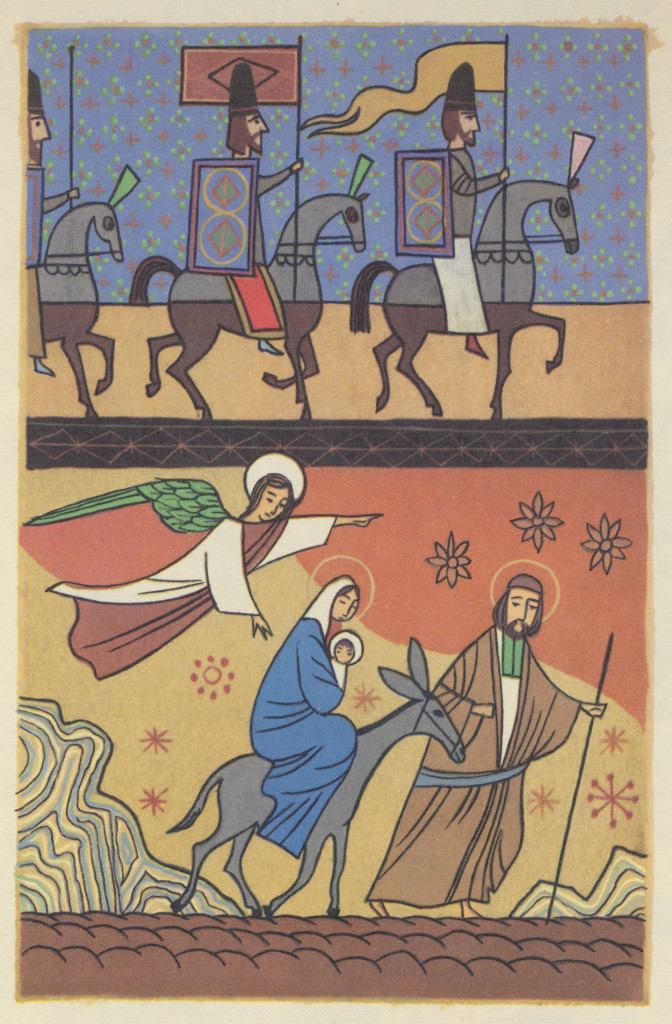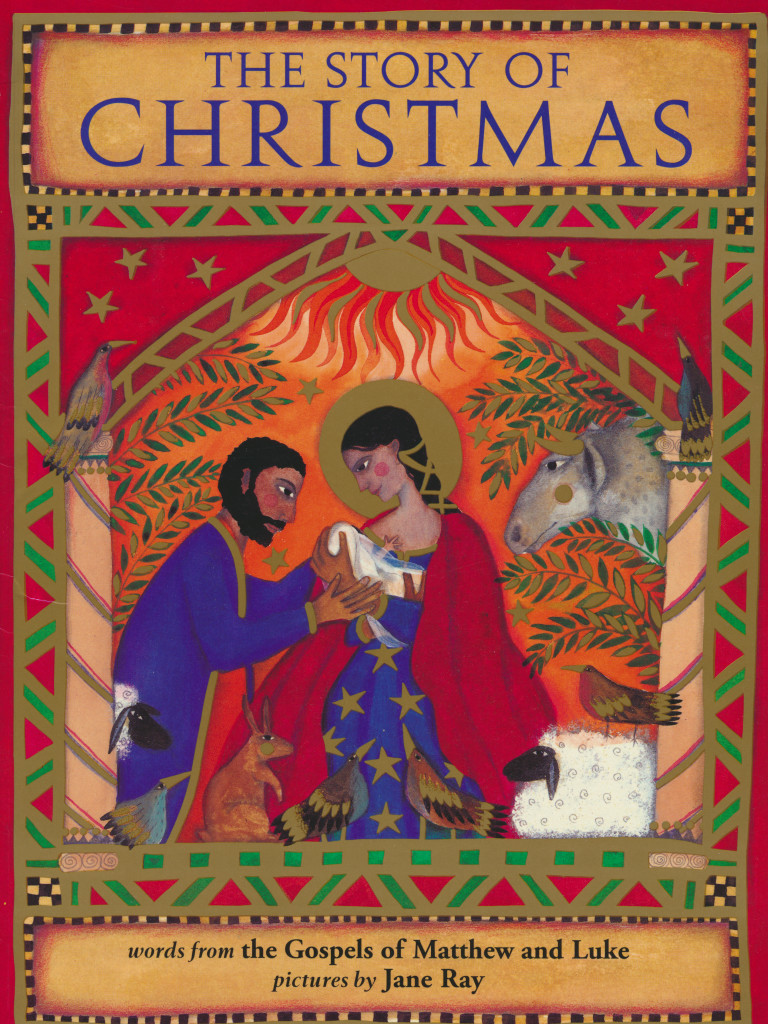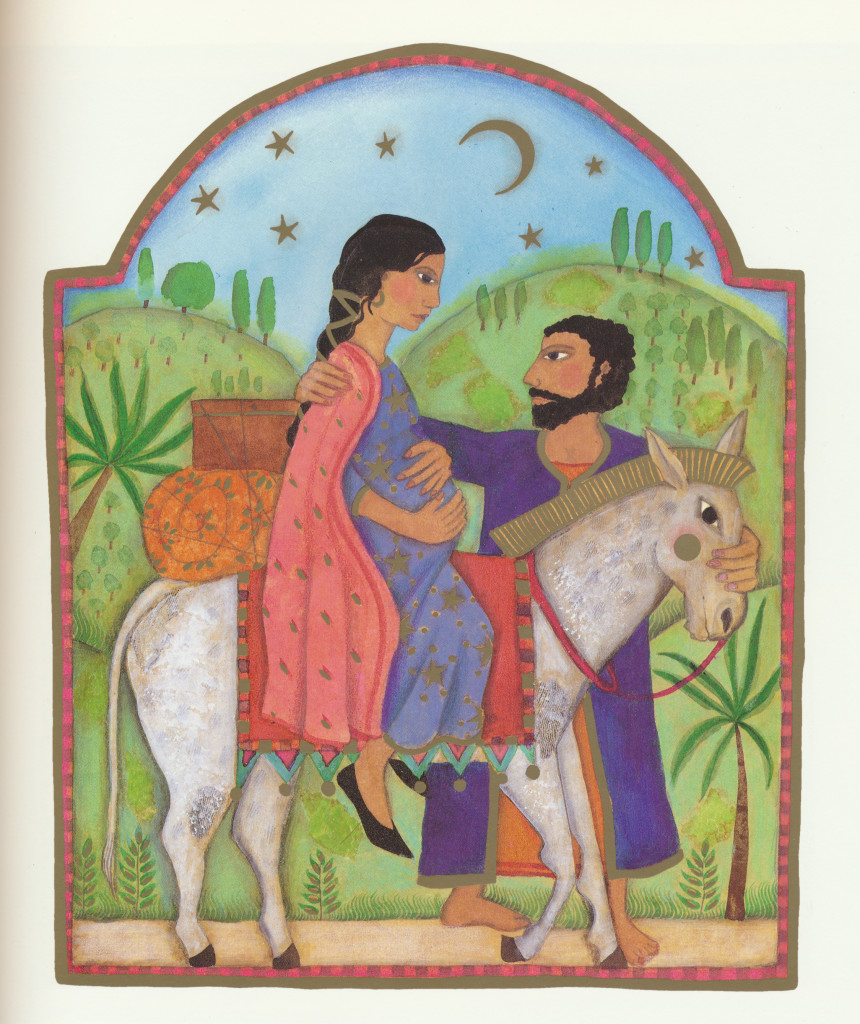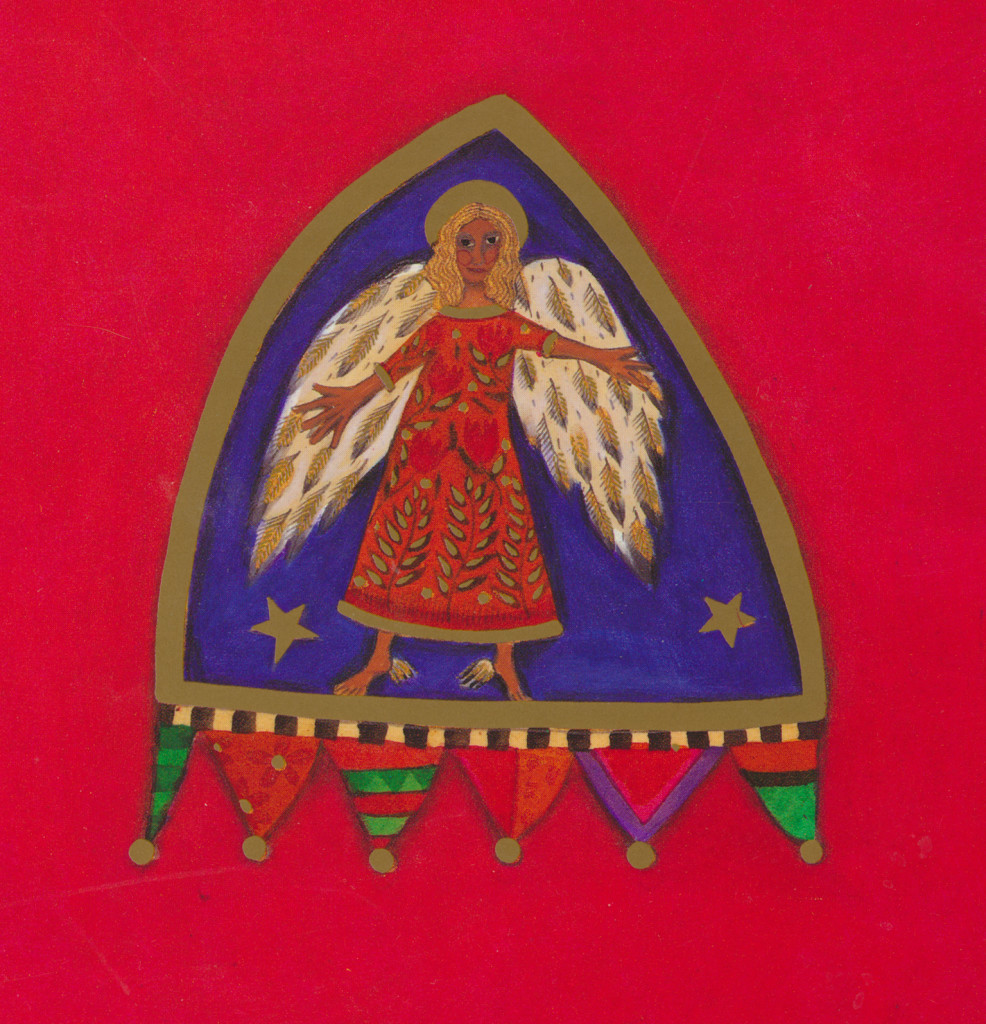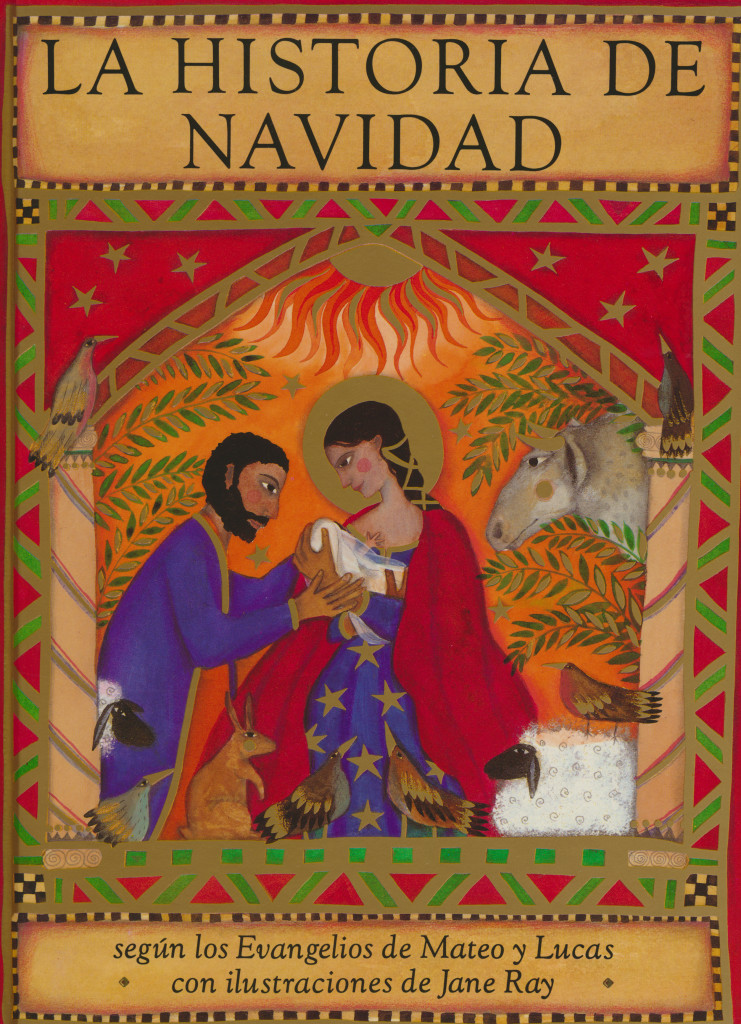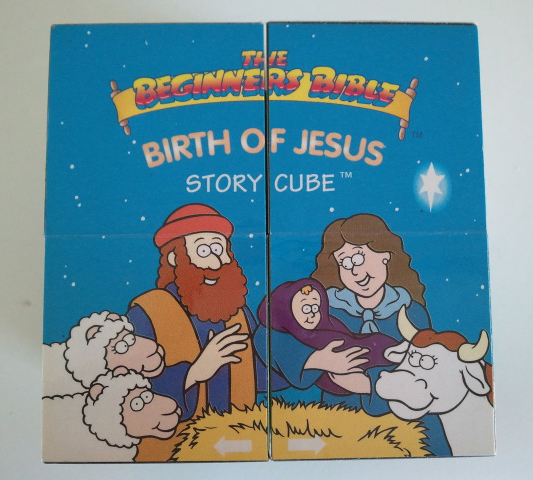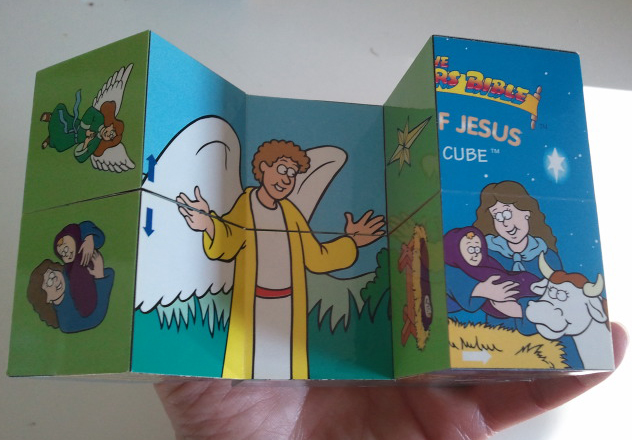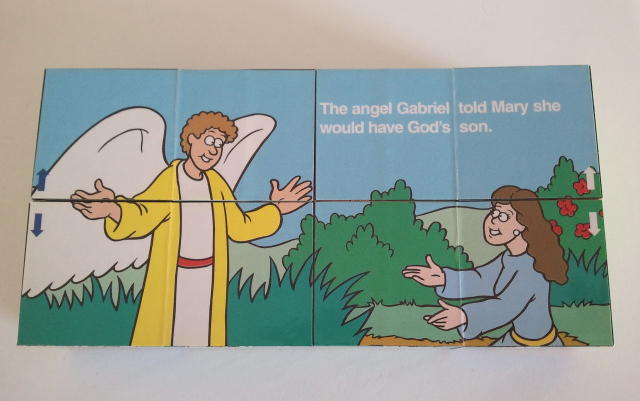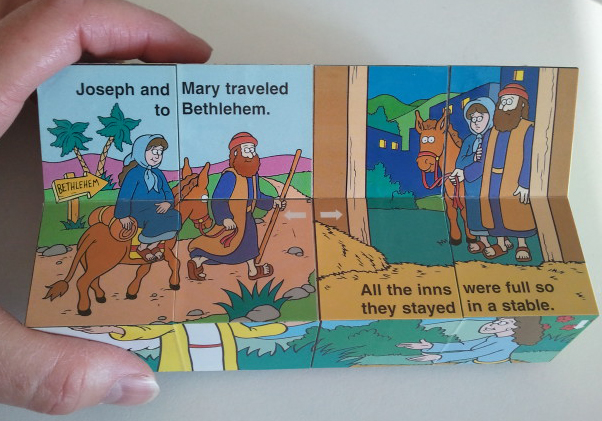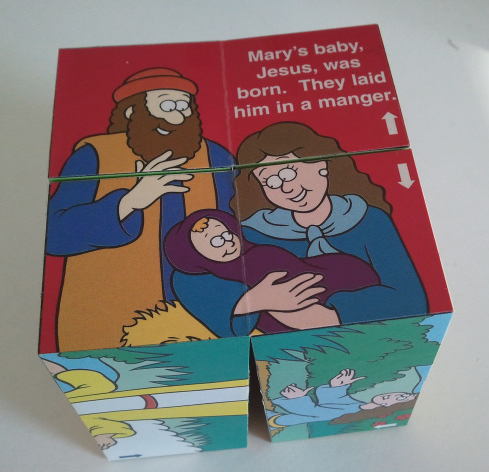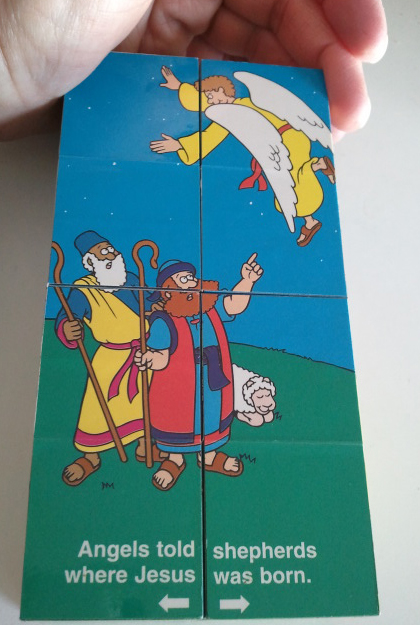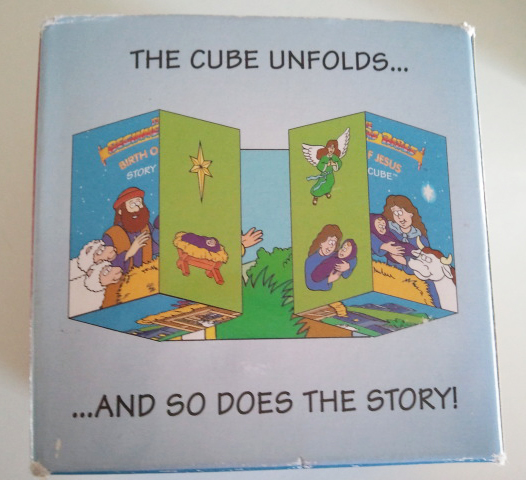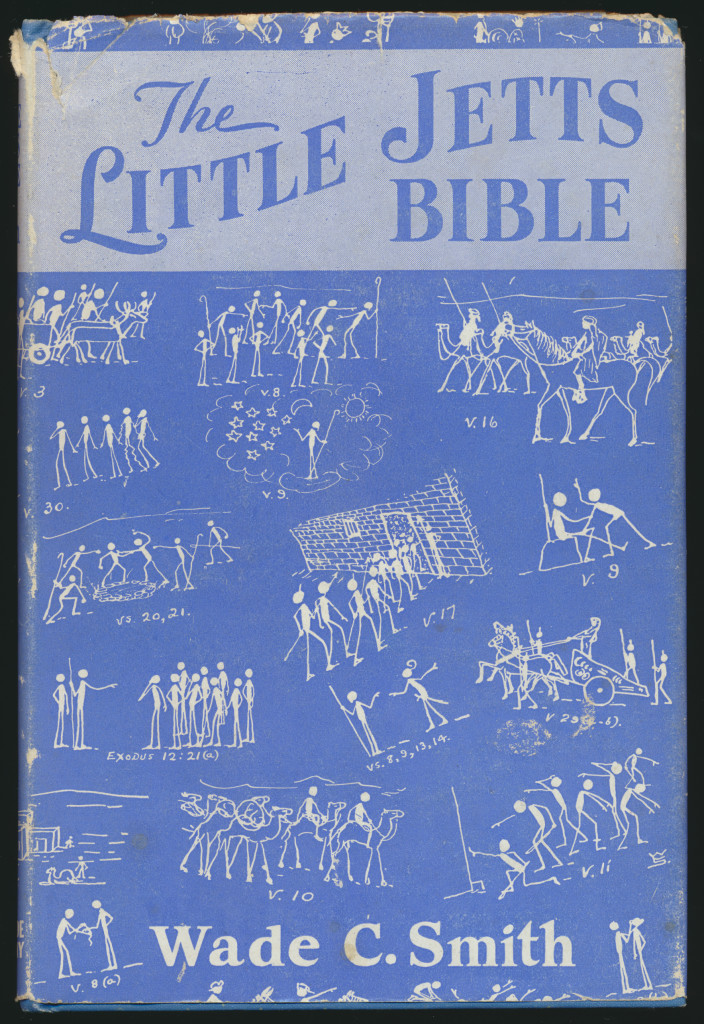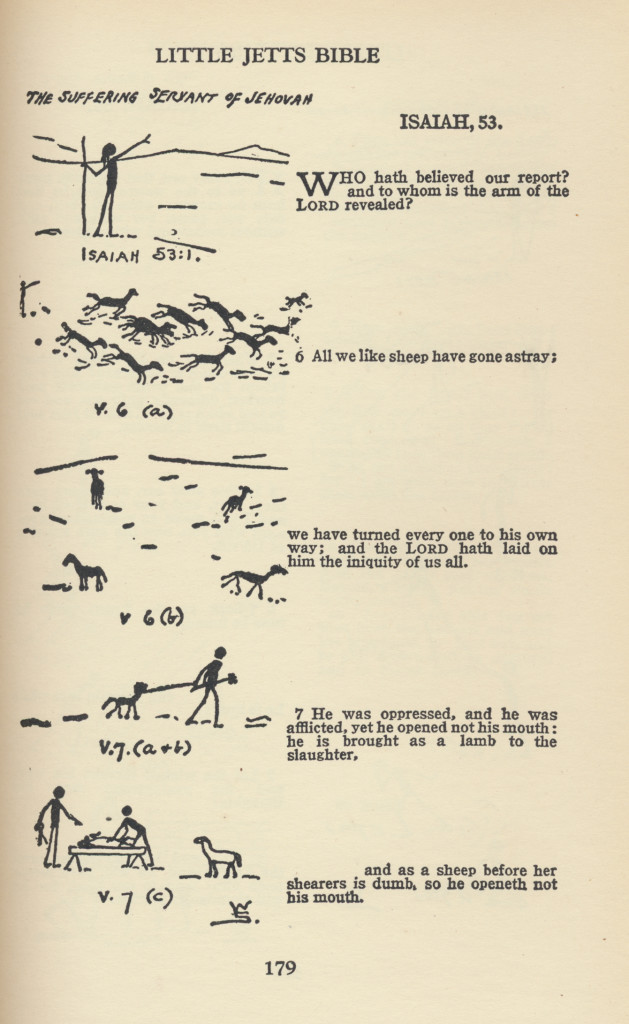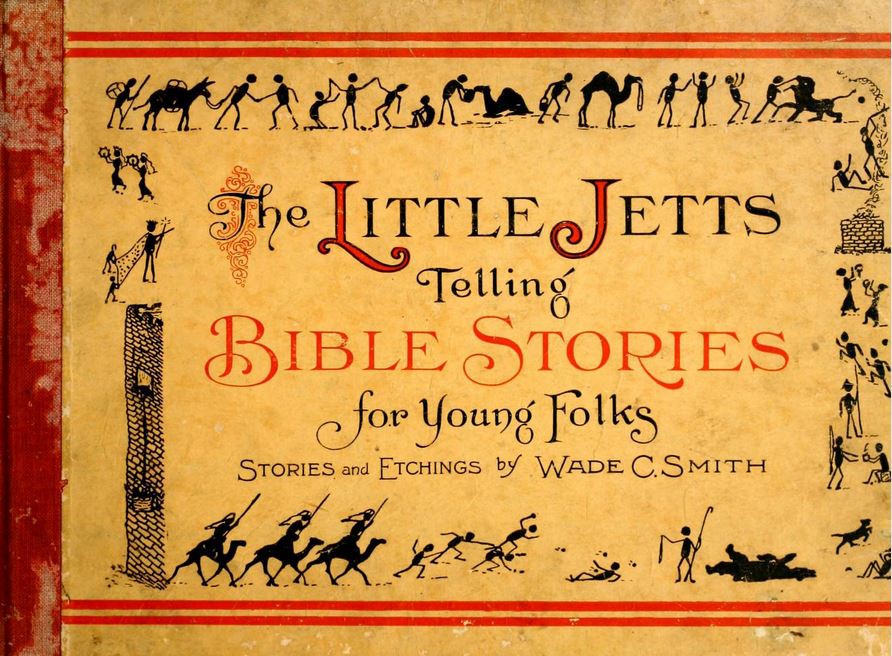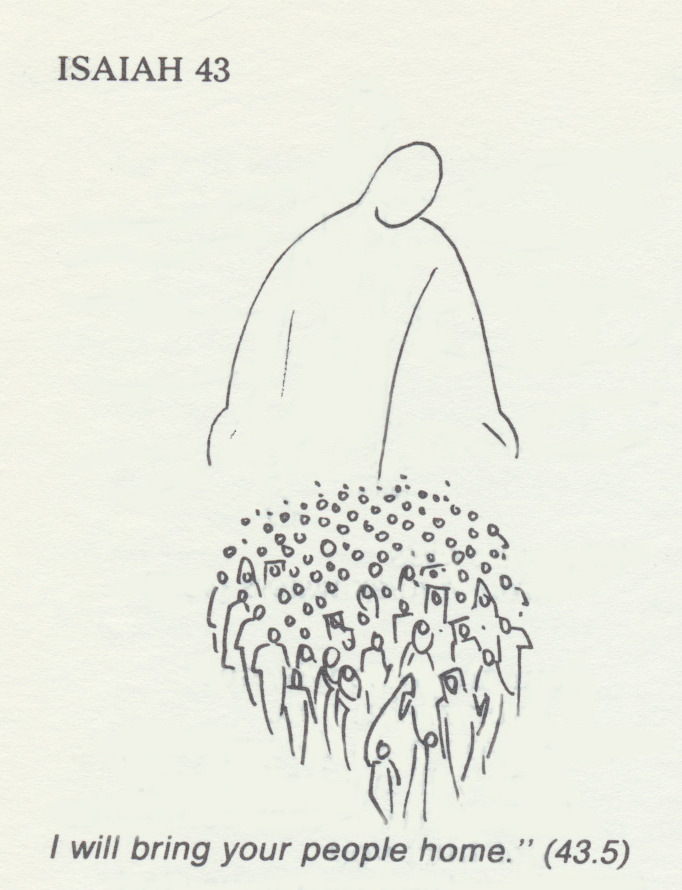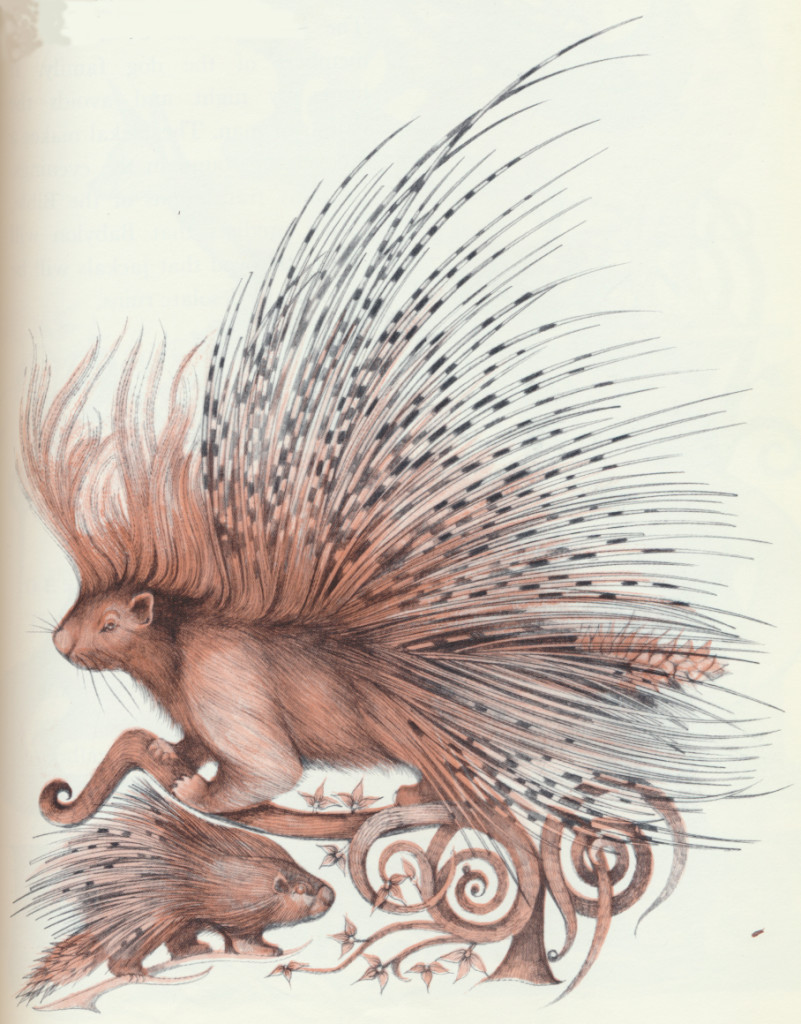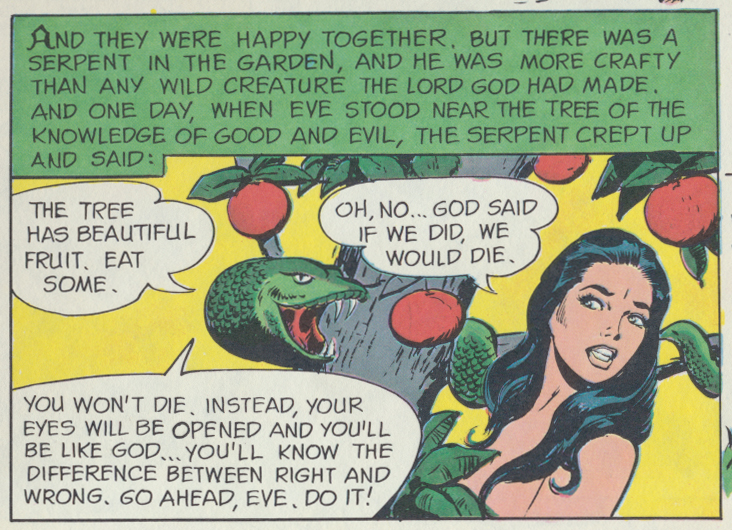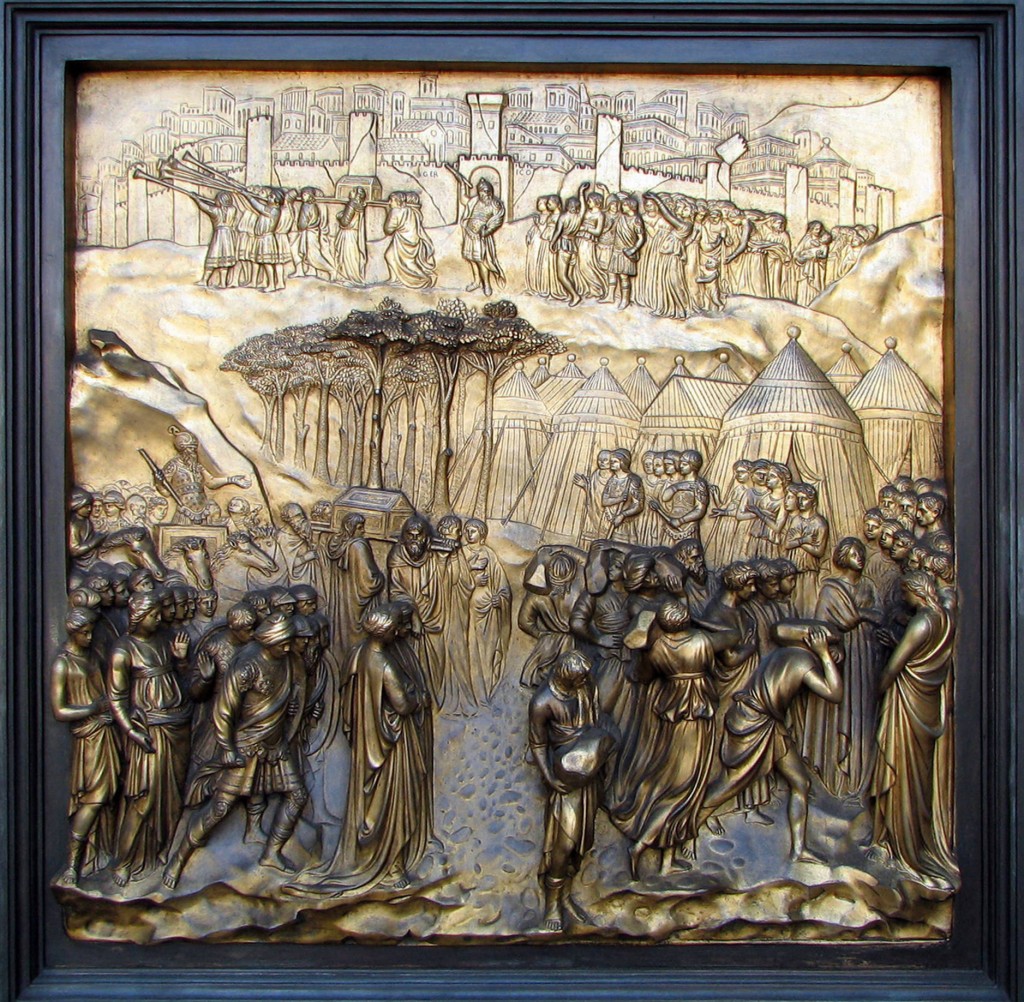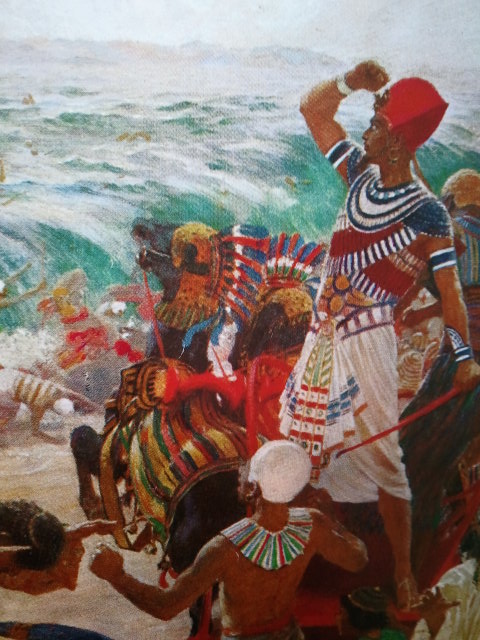
The Exodus story is much stranger than I remembered. I read it again the other day and there was so much that just seemed odd and complicated.
To begin with, why do you think God wants Pharaoh to let the Hebrews go free? If you trusted vague memory, you might think it was because God is a freedom-loving deity and slavery is wrong. But what God actually says is, “Let my people go, that they may serve me” which sounds much more like he’s telling Pharaoh “You have something that belongs to me, and I want it back.” Oh.
And then there are all those plagues, and all that back and forth–essentially between God and Pharaoh, but with Moses and Aaron in between. In memory, the plagues create the mounting drama, and ensure that we are clear about how stubborn and wicked Pharaoh is. In memory (and the movies), the plagues are God’s way of wearing down Pharaoh’s resolve, but this time through it seemed to me that there was more going on.
Setting aside the whole question of “the Lord hardened Pharaoh’s heart” and Pharaoh’s free will in this situation (we’ll have to save that for another time), each plague is both a sign of God’s power (witnessed by Egypt and Israel) and an opportunity for repentance. And every time Pharaoh repents and says, “Ok, you can go, just stop the plague,” Moses has to go out and intercede for Egypt.
Wait. Moses has to pray for Pharaoh? That must have been terrible. Why plead on behalf of the oppressor? “Stop the gnats. Stop the frogs. Stop the locusts. Forgive him. Have mercy on Egypt.” Do you think that what Moses wanted to say was “Wipe them out and let’s be done with this!?” Do you think that after a while he might have doubted Pharaoh’s sincerity? Why did God put Moses through that? Why was intercession required? Why couldn’t Moses just command the plague to end?
I wondered about this the other day as I read familiar verses in Romans 8
Likewise the Spirit helps us in our weakness; for we do not know how to pray as we ought, but the Spirit himself intercedes for us with sighs too deep for words. And he who searches the hearts of men knows what is the mind of the Spirit, because the Spirit intercedes for the saints according to the will of God.
Pharaoh didn’t know God, did he need Moses in this weakness? I need to think about this more.
Intercession is a mystery–deeply strange and sometimes difficult. Why should God, knowing someone’s need better than we do, command us to pray for them? Why should we pray for our enemies? What does it mean that God, knowing our hearts, wills the Spirit to intercede for us?
I think it may have something to do with forgiveness. “And whenever you stand praying, forgive.” Perhaps intercession enables forgiveness. Perhaps it is a sign of forgiveness. Perhaps the Exodus is not only a story of God’s mounting wrath, but also his repeated forgiveness. Perhaps we never really forgive anyone until we lift them up and stand with them in God’s presence.
